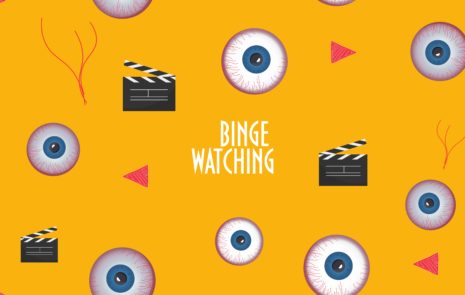
Top 100 Content Marketing Question: How do you measure success of user-generated content?
To measure the success of user-generated content (UGC), be:
- Clear about its purpose
- Ready to relinquish some control
- Set up to measure the right results.
Define a purpose for your user-generated content
Companies that prompt user-generated content usually have in mind a specific purpose for their UGC. For example, marketers may seek to:
- Generate specific types of content, such as photos, videos, or reviews.
- Recognize people.
- Generate news coverage.
- Build social media followers.
Why do user-generated content for your brand?
In her Internet Trends Report, Mary Meeker points out that engagement with effective UGC can be 6.9 times higher than brand-generated content.

Ask: Can your brand really afford to ignore UGC?
Generate specific content types
Photos – Does your company have one or more photo-worthy spots? If so, encourage people to take selfies or photos to share on social media.
“If you’ve got a physical location, give your visitors a talk-worthy reason to pull out their smartphones to record and share their experience,” Heidi Cohen says.
Here’s Heidi at the Marriott Marquis in New York City, in a shot taken by a helpful concierge. And here are her ideas on how employees make your brand a reality.

Many photo-worthy spots miss the easy selfie opportunities because they don’t:
- Encourage people to take selfies.
- Encourage employees to take photos for customers.
- Provide a hashtag to make images findable on social media, so marketers can curate them on brands’ social media feeds.
For example, along the interstate near Mt. Olive, Illinois, is a great display about Mother Jones, a union leader, and human rights crusader called “the most dangerous woman in America.”
Sadly, nothing on the display encourages a selfie, and there’s no hashtag to share selfies with. Since she’s a hero of mine, I shot a selfie anyway.

Look around you. You’ll find many missed opportunities for UGC.
Who does UGC photos best?
National Geographic may get the most out of user-generated photography. It launched the #WanderlustCampaign in 2015, creating the National Geographic Your Shot community, where people share their photos with hashtags such as #wanderlust, #citylights, #protecttheselands, and #myclimateaction.
National Geographic curates user-generated photos of the week. And it even runs a separate UGC campaign for kid photographers.
Here’s a case history of the #Wanderlust campaign.
A contest with prizes may generate more participation, but it’s not essential to award prizes. People enjoy a moment in the spotlight, their 15 minutes of fame.
Measure results of photos by the number of photos, social media shares, likes, and hashtag use.
Video – One of my favorite examples of UGC videos comes from New Zealand: the #NZdronie campaign.
I love this campaign because it’s awe-inspiring. Awe is a positive emotion that gets more people to share your content. Here’s the proof:
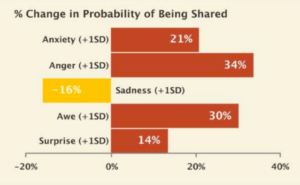
#NZdronie combines selfies and drones imaginatively, to capture awe-inspiring videos, easily shared on social media. Here are the results the campaign achieved:
- Reached 405 million people
- Generated $1.85 million in PR value
- Sparked 124,000 visits to a website
- Increased holiday arrivals by 7%.
Here’s a glimpse of the #NZdronie videos:
Another UGC campaign that generated lots of news coverage came from the Netherlands.
Car manufacturer Opel challenged people to create a YouTube video from their test drive. If your video got at least 589,900 views, the company offered you a car.
In other words, YouTube views became a currency. One video got more than 21 million views, and the customer who made that video got a free car!
The overall campaign results were impressive:
- Hundreds of videos were made by test drivers who became brand ambassadors.
- Videos gained 34.4 million impressions.
- Website visitors increased by 72% to 97,000.
- The campaign earned media worth more than $900,000.
- Orders of the Online Edition Opel went up 29%!
Video is also natural for GoPro. GoPro provides cash awards for photos, raw clips, and edited videos with the #GoPro hashtag.
By using a hashtag, GoPro can filter the user-generated content and share what it wants to highlight, rather than letting users decide what to post.
The GoPro YouTube channel is one of the Top 10, with almost 7 million subscribers and more than 2 billion views. Here’s a video GoPro recently made to celebrate its 2-billionth view:
For years, Apple has run a photo contest for iPhone users. To make an even bigger splash with UGC, Apple puts user-generated photos on billboards around the world.
The smart way to get the most out of user-generated content!
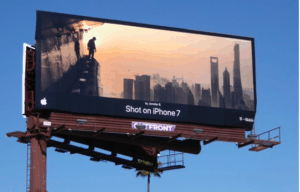
Ask: Where’s your most photo-worthy spot to encourage selfies, photos, or videos?
Would a contest stimulate more participation?
Which results make the most sense to measure: audience reach, contest entries, content interactions, video views, website visits, PR value, and increase in business?
Reviews – Spring Green is among many companies that invite customers to review their services. The idea is to generate customer reviews on social media.
One lucky customer can win a year of free service.
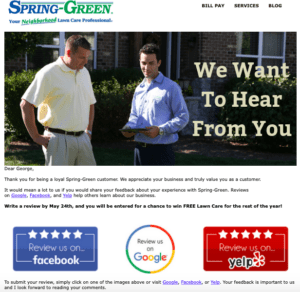
Ask: Can you stimulate user-generated reviews with a contest? Measure the number and quality of reviews generated.
Recognize customers with UGC
Another specific purpose for UGC is to recognize your customers.
For example, Starbucks invited customers to doodle on coffee cups in its White Cup Contest. Over 3 weeks, 4,000 customers submitted entries.
The customers’ doodles were amazing! Take a look.
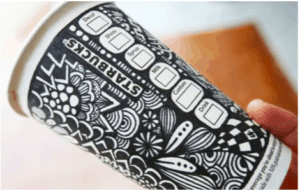
Another example that cleverly uses customer-generated photos comes from Campus Protein.
It did A/B testing of its website with and without user-generated photos. The results, according to Yotpo?
- 77% of shoppers prefer customers’ photos to professional photos since user photos provide social proof.
- Shoppers are 137% more likely to buy when they see user photos.
- Checkouts rose by 29%.
Ask: How can we stimulate photos of our customers using our product or service? How can we incorporate user-generated content into our marketing?
Align measurements with your UGC’s purpose
As you delve into user-generated content, make sure your measurements align with your original purpose. Is your purpose to:
- Generate specific types of content, such as photos, videos, or reviews.
- Gain news coverage?
- Recognize customers?
- Build social media networks?
Line up your measurements accordingly.
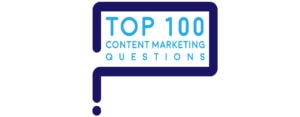
“How do you measure the success of user-generated content?” is one of marketers’ Top 100 Questions about content marketing. Here are the answers.



